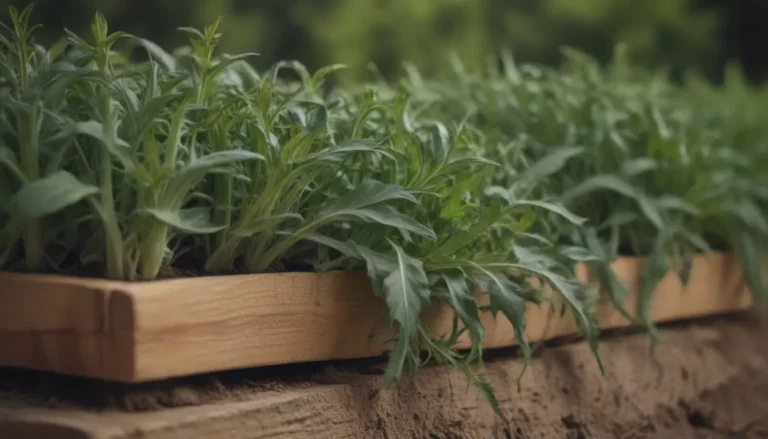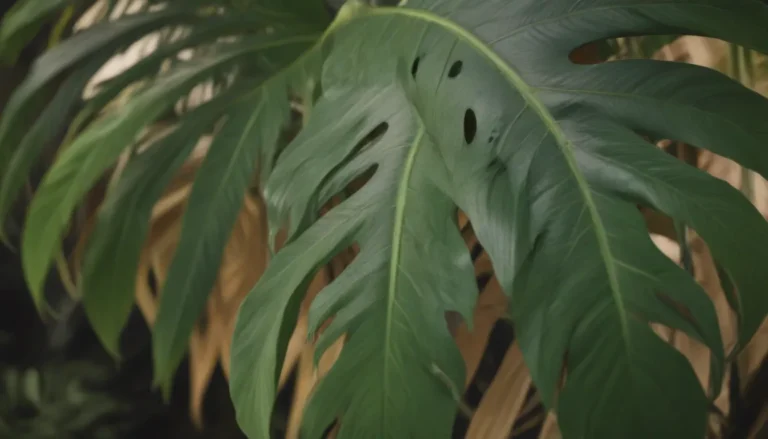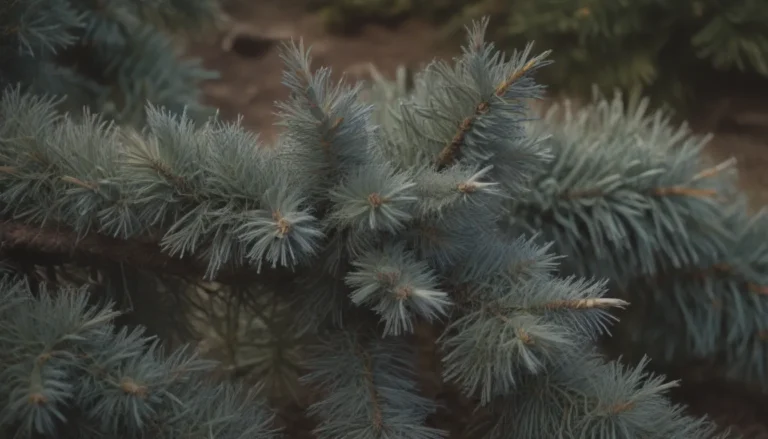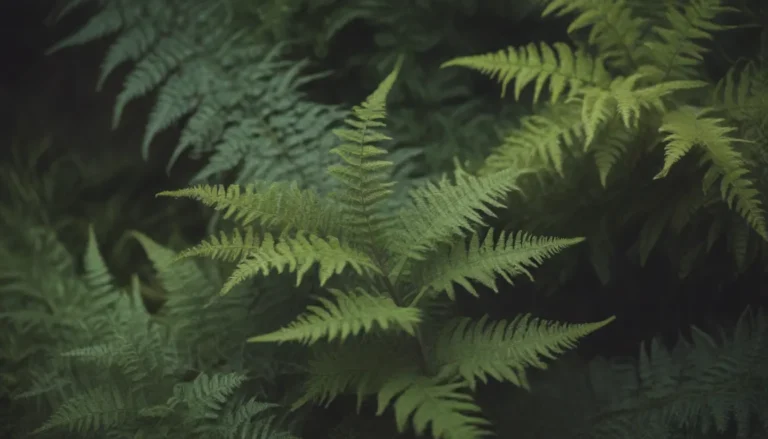Ultimate Guide to Caring for Jade Plants: Tips for Indoor Growing
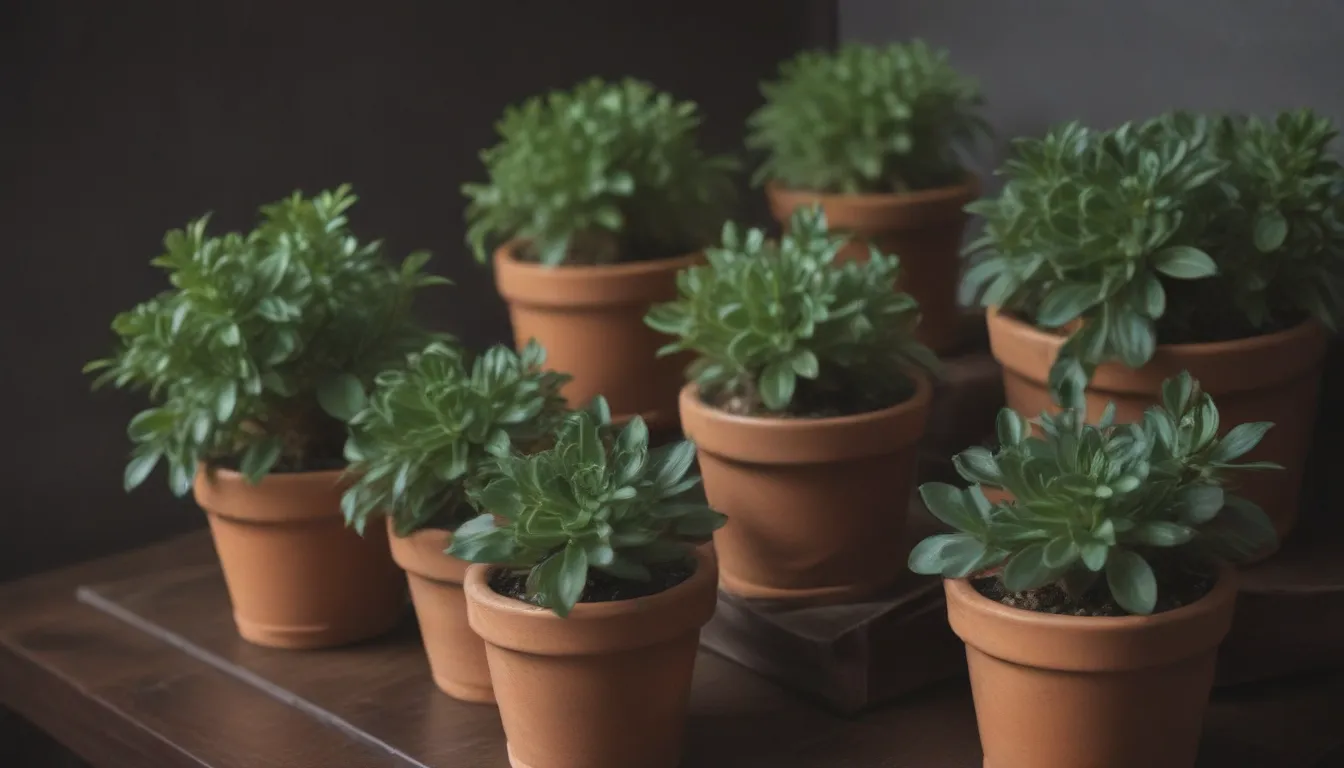
Jade plants are a beloved addition to many households, known for their striking appearance and long lifespan of up to 70 years. These succulent houseplants have simple care requirements, making them an ideal choice for both experienced and novice plant enthusiasts. In this comprehensive guide, we will delve into everything you need to know to ensure your jade plant thrives and continues to beautify your space for years to come.
Understanding Jade Plants
Before we dive into the care specifics, let’s take a moment to appreciate the unique characteristics of jade plants:
- Appearance: Jade plants feature thick, woody stems topped by vibrant green, fleshy leaves in an oval shape.
- Growth: These plants are slow-growing, adding only about two inches in height per year, but can eventually reach a total height of three to six feet.
- Toxicity: It’s essential to note that all parts of the jade plant are toxic to cats and dogs, so be mindful of where you place your plant within your home.
Now, let’s explore the key elements of caring for a jade plant to ensure it remains happy and healthy.
Basic Care Requirements for Jade Plants
Caring for a jade plant is relatively straightforward, as long as you meet its basic needs for soil, water, light, and temperature. Here are the essential care requirements to keep in mind when growing a jade plant:
Light
- Requirement: Jade plants need at least six hours of bright indirect sunlight per day.
- Placement: Choose a south-facing or west-facing window for optimal light exposure, avoiding rooms with limited natural light like bathrooms.
- Indication: A rosy tint along the edges of the leaves indicates that your jade plant is receiving sufficient sunlight.
Soil
- Potting Mix: Opt for a succulent-specific blend for proper drainage and prevention of moisture retention.
- Ideal Soil: A mix of sand, potting soil, and perlite or pumice is recommended.
- Pot Choice: Select a terracotta or clay pot to promote good drainage and maintain a neutral to slightly acidic pH level.
Water
- Seasonal Variations: Adjust your watering frequency based on the plant’s activity level, watering more often in the summer and reducing frequency in the winter.
- Signs: Ensure the soil remains slightly moist but not wet, and watch for indications of overwatering like soggy soil or root rot.
Temperature and Humidity
- Temperature Range: Maintain average household temperatures between 65 to 75 degrees Fahrenheit, with cooler conditions tolerated at night and in winter.
- Consistency: Avoid placing the plant in areas with fluctuating temperatures to prevent stress on the plant.
Fertilizer
- Feeding Schedule: Feed your jade plant with a controlled-release fertilizer at the start of the growing season or weekly with a weak liquid solution.
- Balanced Nutrition: Use a balanced 20-20-20 fertilizer for mature plants and a lower nitrogen fertilizer for younger plants.
With these foundational care requirements in mind, you can ensure your jade plant thrives in its indoor environment.
Propagating Jade Plants
One of the remarkable aspects of jade plants is their ease of propagation, allowing you to expand your plant collection effortlessly. Here’s how you can propagate jade plants from either leaf cuttings or individual leaves:
- Propagation With Cuttings: [Include step-by-step instructions]
- Propagation With Leaves: [Include step-by-step instructions]
By following these propagation methods, you can increase your jade plant collection and share the beauty of these plants with others.
Potting and Repotting Jade Plants
Selecting the right pot and knowing when to repot your jade plant are crucial steps in maintaining its health and stability. Here are some tips for pot selection and repotting:
- Pot Size: Choose a pot that matches the size of the plant’s root ball to prevent moisture issues and provide sufficient stability.
- Material: Opt for an unglazed clay pot to promote proper evaporation and prevent waterlogging.
- Repotting Schedule: Smaller plants may need repotting every two to three years, while larger plants can go four to five years between repotting.
Following these guidelines for potting and repotting will ensure your jade plant has ample room to grow and thrive.
Dealing With Common Pests and Problems
Like any plant, jade plants are susceptible to pests and issues that can hinder their growth. Here are some common problems you may encounter and how to address them effectively:
Pests
- Mealybugs: Wipe off mealybugs with a cotton ball or tissue soaked in rubbing alcohol, as jade plants are sensitive to insecticides.
- Spider Mites and Scale: Treat these pests in the same manner as mealybugs, ensuring all visible pests are removed.
Common Problems
- Shriveled Leaves: Water the plant thoroughly and ensure it receives adequate hydration to address shriveled leaves.
- Loss of Leaves: Provide sufficient light exposure to prevent leaf loss and promote healthy growth.
- Yellowing Leaves: Overwatering is often the cause of widespread yellowing, adjust your watering schedule accordingly.
By addressing these pest issues and common problems promptly, you can help your jade plant regain its vitality and continue to thrive in your care.
Saving a Struggling Jade Plant
If you notice that your jade plant is struggling, it’s essential to identify the underlying issues and take corrective action promptly. Here are some steps you can take to save a struggling jade plant:
- Check Watering: Ensure you are watering your plant correctly, adjusting frequency and volume as needed.
- Inspect Roots: Check for root rot and trim away any infected roots to promote healthy growth.
- Adjust Light Conditions: Move the plant to a location with adequate but indirect sunlight to support its growth.
- Pest Control: Address any pest infestations promptly to prevent further damage to the plant.
By taking these proactive measures, you can help your jade plant recover and thrive once again.
Conclusion
In conclusion, caring for a jade plant involves meeting its basic requirements for light, water, soil, and temperature, along with addressing any pest issues or common problems that may arise. By following the tips and guidelines outlined in this comprehensive guide, you can ensure your jade plant remains healthy, vibrant, and a cherished addition to your indoor space. With its longevity and ease of propagation, the jade plant is truly a wonderful companion for any plant lover.
Remember to enjoy the process of caring for your jade plant and appreciate the beauty it brings to your home. For further information and assistance with jade plant care, refer to reputable sources such as the ASPCA, Almanac, and Clemson University Cooperative Extension.
Happy growing! 🌿
Sources:
– ASPCA
– Almanac
– Clemson University Cooperative Extension
– Gardening Know How
